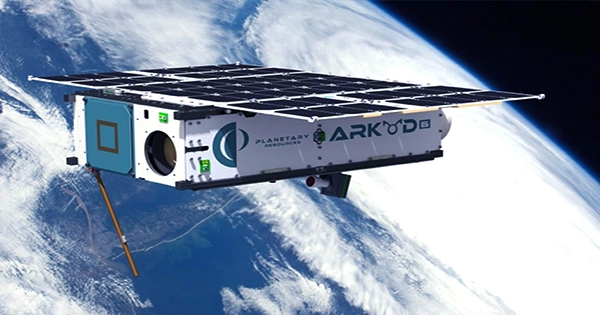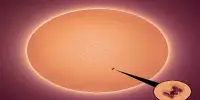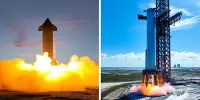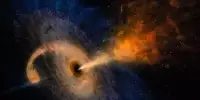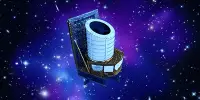In order to establish itself as the first deep space mining firm in the world, California’s AstroForge has announced a bold commercial mission to observe a far-off asteroid.
By being the first company to mine for metals in deep space, AstroForge hopes to benefit from the spaceflight industry’s current state of rapid development. The California business, which in its first year of operation garnered $13 million in venture capital, has now formally announced two mining-related missions that are planned to launch this year. To make it happen, the business is collaborating with a number of other parties, including OrbAstro, Dawn Aerospace, and Intuitive Machines.
As Sun Ra famously declared, “Space is the place,” and it undoubtedly has plenty to offer, such as rare-earth minerals like platinum, gold, iridium, palladium, and osmium, among other elements. Asteroid mining is an intriguing idea because the materials on a single asteroid may be worth trillions of dollars. The high expenditures involved with the project have basically rendered this long-standing notion impractical. However, this is altering since the cost of building spacecraft, launching rockets, and launching satellites has never been lower.
PGMs, also known as platinum-group metals, are used in many different industries and are the focus of AstroForge. Catalytic converters, for instance, are frequently targeted by thieves because they contain the priceless rare-earth metal palladium. According to Matt Gialich, CEO and co-founder of AstroForge, “With a finite supply of precious metals on Earth, we have no choice but to go to deep space to acquire cost-effective and sustainable resources.”
The launch of the first of AstroForge’s two missions is planned for April. An asteroid-like 6U cubesat will be launched by a SpaceX Falcon 9 rocket. The OrbAstro-built cubesat will try to vaporize and sort the materials into their constituent elements while operating in Earth orbit.
The stakes are raised with the second expedition, which will launch in October. Intuitive Machines will attempt to launch the Brokkr-2 spacecraft on a Falcon 9 rideshare mission to an asteroid in a heliocentric orbit 22 million miles (35.4 million kilometers) distant. In preparation for OrbAstro’s first actual asteroid retrieval mission, Brokkr-2, based on the ORB-50 satellite bus, will examine the target asteroid from a distance. When the time comes, AstroForge plans to target asteroids with diameters between 66 and 4,920 feet (20 and 1,500 meters) and, rather than landing on the objects, would shatter the asteroids into valuable aggregate materials while breaking them apart from a distance.
The 220-pound (100-kg) Brokkr-2 probe is being built by OrbAstro, which has operations in the UK, New Zealand, and Germany. It will be equipped with a variety of payloads for the in-space analysis of asteroids. According to OrbAstro, Brokkr-2 will travel for eight months to approach its target asteroid using a Dawn Aerospace propulsion system and a lunar gravity assist.
Although it is still unclear whether deep space asteroid mining will prove to be a viable and lucrative business, real efforts to make it happen are now formally underway. I have no qualms about using far-off asteroids for my own benefit, given they orbit the Sun with no beneficial purpose. Furthermore, mining can be abhorrently harmful because it destroys ecosystems, destroys people’s livelihoods and landscapes, and emits greenhouse gases.
The issue with asteroid mining is what it might do to Earth, whether it be harm brought on by an excessive number of rocket launches, the manufacturing of these minerals, or an abundance of new items going to landfills. Regardless of your position—for, against, or neutral—on asteroid mining, it is obvious that these discussions are necessary.
